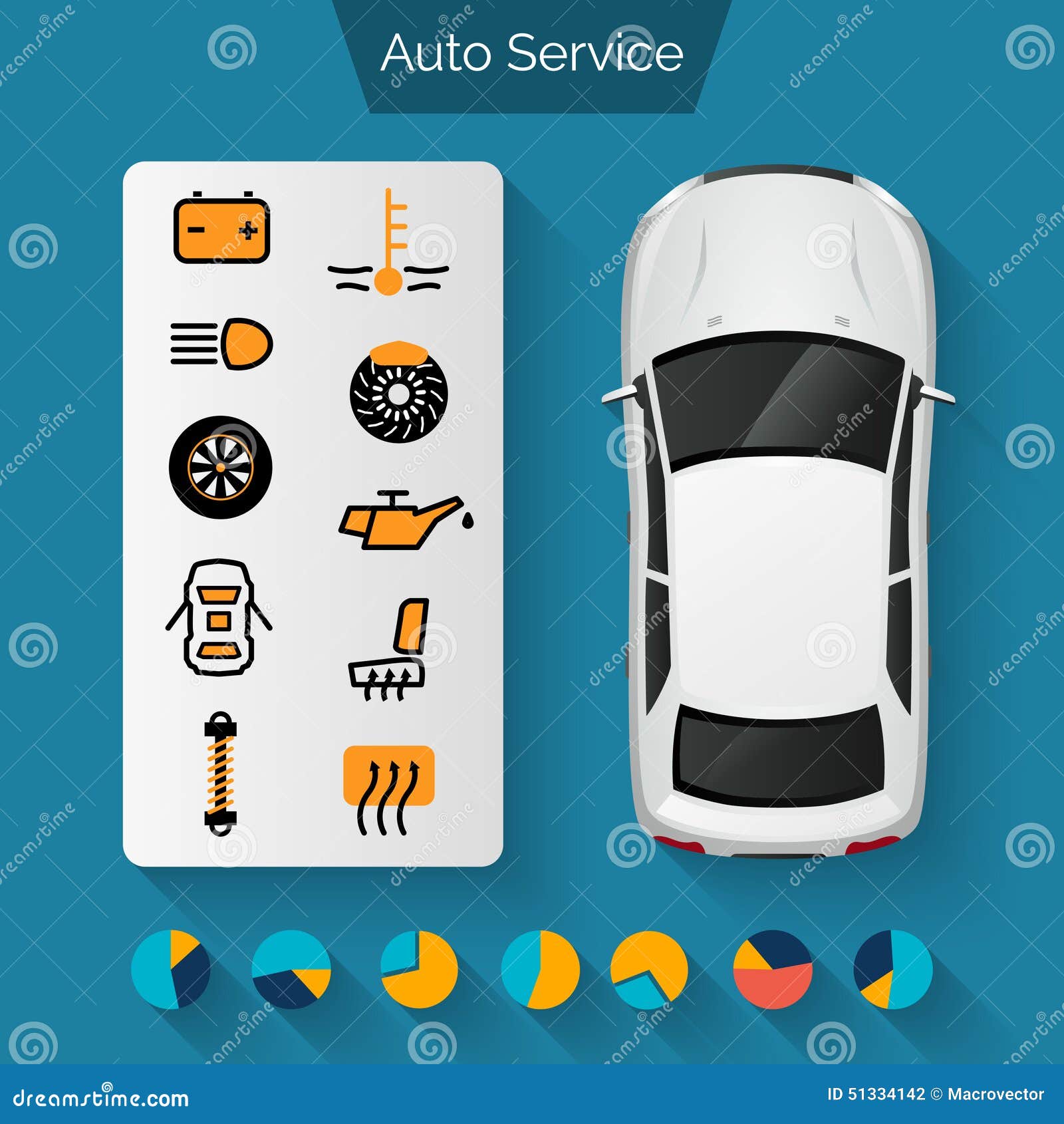Gain Insight Into The Dashboard Caution Lights In Your Vehicle To Understand Their Ramifications On Your Automobile'S Well-Being And Safety And Security
Gain Insight Into The Dashboard Caution Lights In Your Vehicle To Understand Their Ramifications On Your Automobile'S Well-Being And Safety And Security
Blog Article
Web Content Composed By-Justesen Boyer
When you're behind the wheel, those beautiful caution lights on your control panel can be a little bit difficult. Do emergency towing understand what they're attempting to inform you concerning your car's health? Understanding https://becketttohcw.ziblogs.com/31187490/bend-up-for-a-revealing-consider-the-concealed-gems-of-top-tier-automobile-repair-shops-that-will-change-your-vehicle-upkeep-regular of these lights is crucial for your safety and security and the longevity of your car. So, the next time one of those lights turns up, wouldn't you want to decode its message precisely and take the essential actions to resolve it?
Common Warning Lights and Interpretations
Recognize common caution lights in your vehicle and understand their meanings to guarantee safe driving.
brake line repair kit include the check engine light, which indicates concerns with the engine or exhausts system. If this light comes on, it's essential to have your vehicle examined immediately.
The oil pressure cautioning light shows reduced oil stress, needing instant attention to prevent engine damage.
A blinking battery light could recommend a defective charging system, possibly leaving you stranded if not attended to.
The tire pressure surveillance system (TPMS) light notifies you to low tire pressure, affecting vehicle security and fuel efficiency. Ignoring this could bring about unsafe driving problems.
The abdominal muscle light shows a problem with the anti-lock stopping system, jeopardizing your ability to quit rapidly in emergencies.
Last but not least, the coolant temperature level cautioning light warns of engine overheating, which can lead to extreme damages if not dealt with quickly.
Understanding these typical caution lights will assist you resolve problems immediately and preserve risk-free driving conditions.
Value of Prompt Interest
Understanding the typical caution lights in your vehicle is only the initial step; the value of quickly addressing these cautions can not be stressed sufficient to guarantee your security on the road.
When a warning light brightens on your control panel, it's your car's way of connecting a prospective concern that requires focus. Disregarding these cautions can bring about a lot more extreme issues later on, compromising your security and potentially costing you more out of commission.
https://www.carandbike.com/news/tips-on-how-to-effectively-use-your-car-ac-this-summer-2694886 to alerting lights can protect against breakdowns and mishaps. As an example, a flashing check engine light could indicate a misfire that, if left neglected, can trigger damage to the catalytic converter. Resolving this immediately can save you from an expensive repair work.
In a similar way, a brake system warning light could signify low brake liquid or worn brake pads, vital parts for your safety when driving.
DIY Troubleshooting Tips
If you discover a caution light on your control panel, there are a few do it yourself fixing suggestions you can attempt before seeking expert aid.
The primary step is to consult your vehicle's guidebook to understand what the details caution light suggests. Often the problem can be as easy as a loosened gas cap activating the check engine light. Tightening up the gas cap may solve the trouble.
An additional typical concern is a low battery, which can activate various warning lights. Examining the battery connections for deterioration and ensuring they're protected may take care of the trouble.
If a caution light continues, you can attempt resetting it by disconnecting the automobile's battery for a few mins and after that reconnecting it. In addition, inspecting your car's liquid levels, such as oil, coolant, and brake fluid, can aid troubleshoot alerting lights associated with these systems.
Final thought
Finally, recognizing your car's warning lights is necessary for keeping your automobile running smoothly and safely. By immediately attending to these alerts and understanding what they imply, you can prevent costly repair work and potential malfunctions.
Remember to consult your vehicle's handbook for certain details on each advising light and take action as necessary to make certain a hassle-free driving experience.
Remain notified, stay safe on the road!
